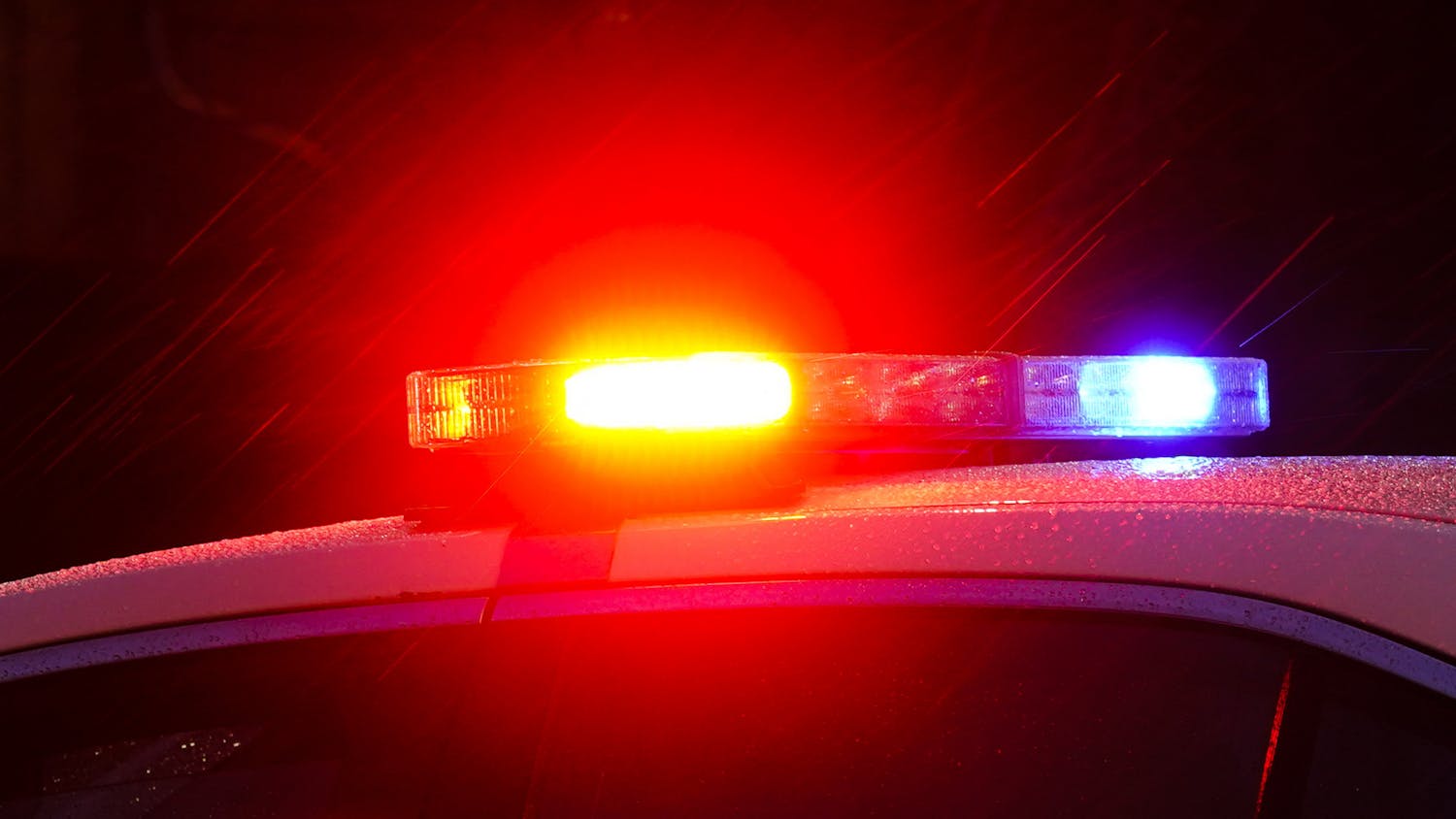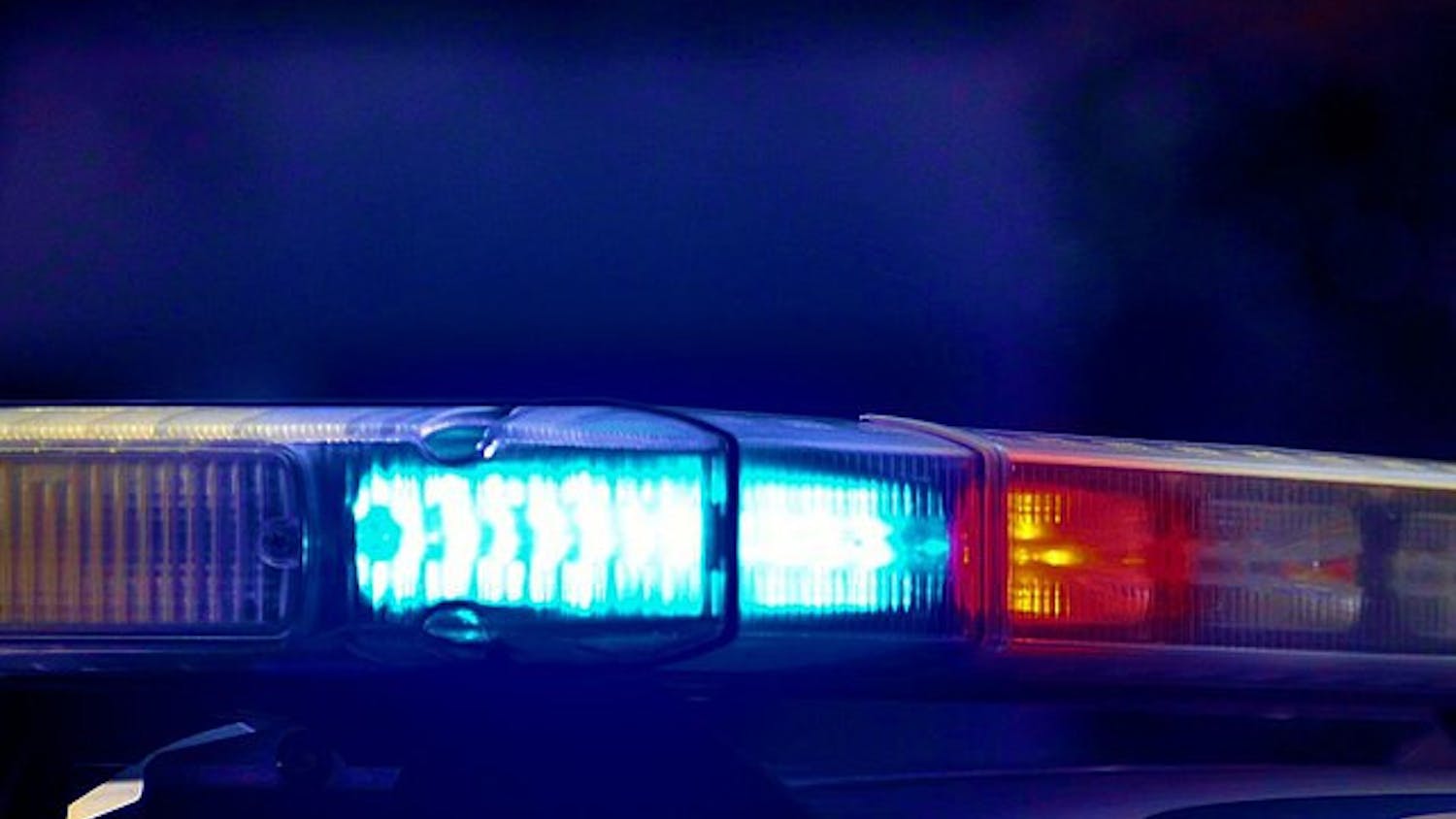After Hurricane Irma hit Monroe County, the Florida Keys Commercial Fishermen’s Association struggled to locate and recover their 350,000 missing lobster traps.
The Florida Keys Commercial Fishermen’s Association is responsible for 4,500 jobs in Monroe County, making it the second-largest economic engine in the Florida Keys next to tourism, said executive director Bill Kelly.
Lobster is its principal product. As Hurricane Irma developed, Kelly knew they had to be prepared.
To assist in recovery, Kelly devised a four-point plan. The plan includes rapid assessment, recovery, redeployment and reclamation of missing gear.
UF’s Institute of Food and Agricultural Sciences Monroe Extension partnered with the local fishermen’s association to help find the gear.
Shelly Krueger, Florida Sea Grant agent for UF/IFAS Extension, connected the association with a grant from the National Oceanic and Atmospheric Administration.
“Whenever there’s a hurricane, we know that traps are displaced, but with the winds and size of Irma, the entire county has been affected,” Krueger said.
The grant funded two spotter pilots and GPS cameras to help locate the missing traps, Kelly said. Each aircraft covered approximately 2,000 miles over the Keys, and the GPS cameras took about 15,000 photographs.
“Sea Grant/UF will make electronic maps and hard copies available to the industry that we will share with fishermen to save countless man-hours and tens of thousands of gallons of fuel trying to locate displaced gear,” Kelly wrote in an email.
On average, traps moved anywhere from 3.5 to 5 miles on the Florida Bay side of the Keys and 5 to 8 miles on the ocean side, with some traps moving up to 18 miles on the ocean side, Kelly said.
Kelly said Florida Sea Grant and UF have been instrumental in helping assess where the traps are, which lets fishermen recover gear more quickly.
“This is essential in jump-starting our local economy,” Kelly said.





